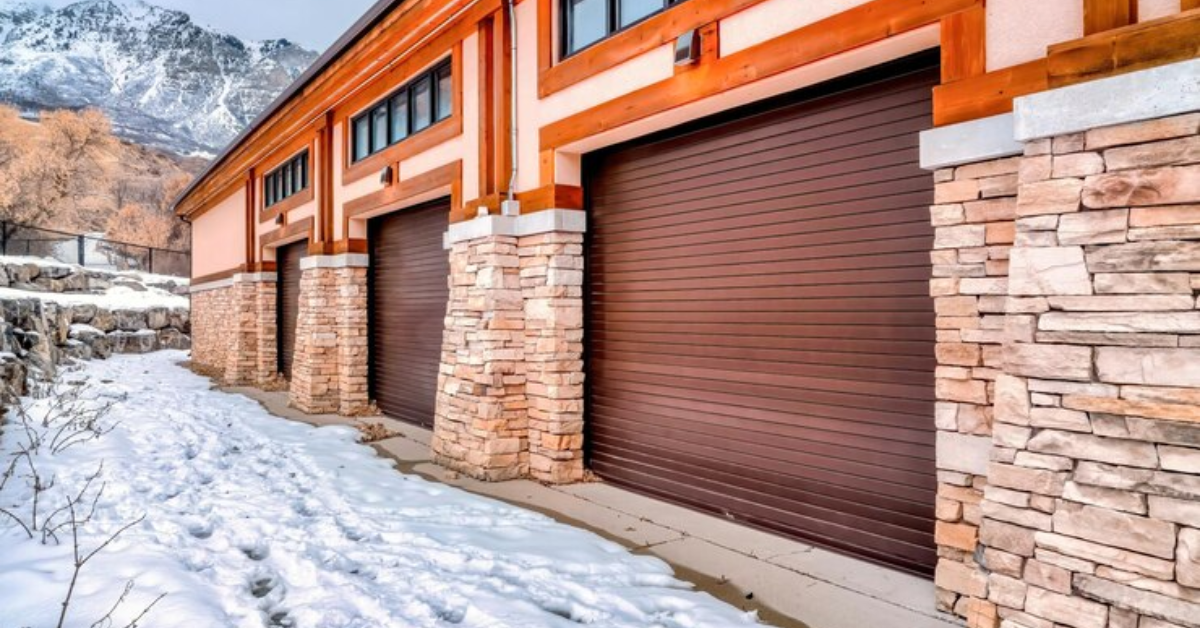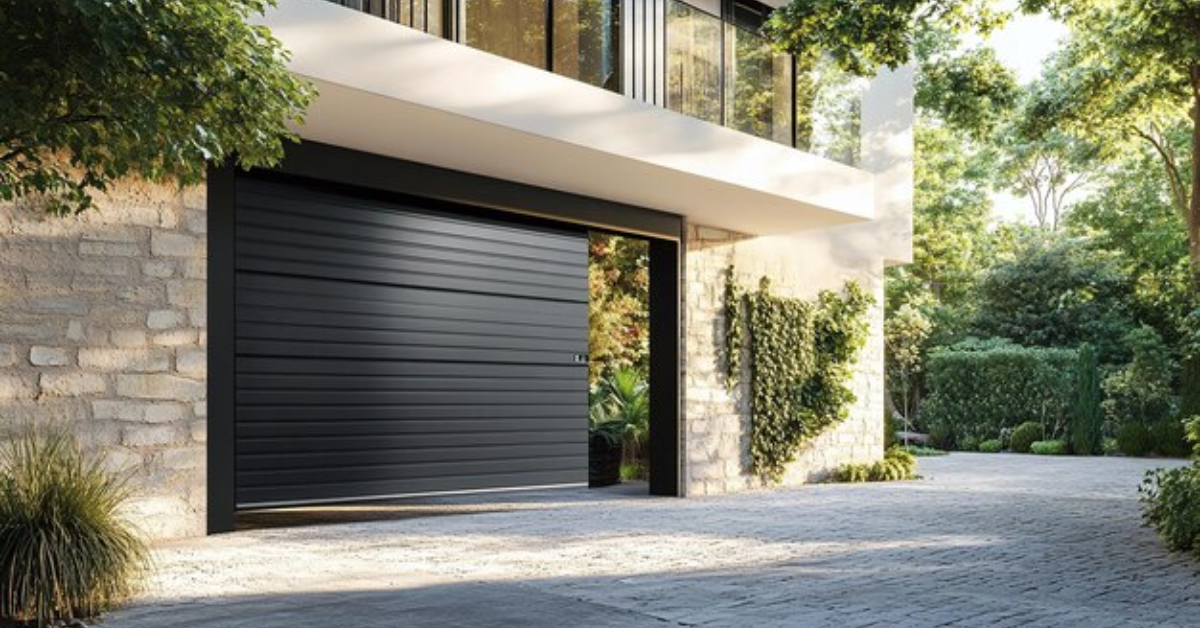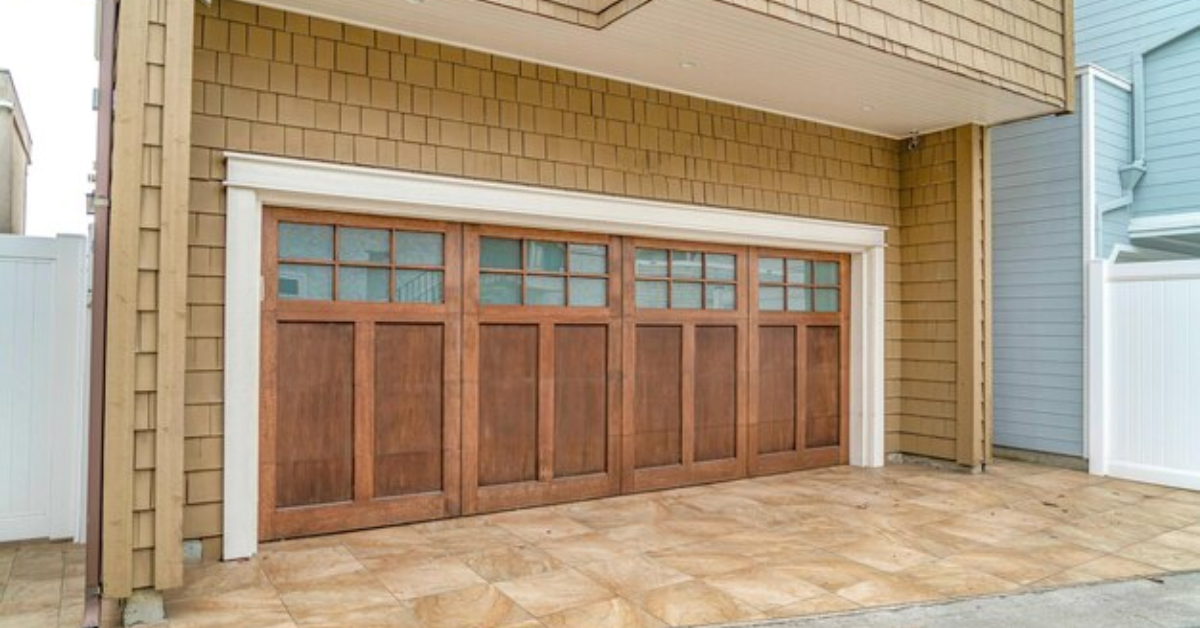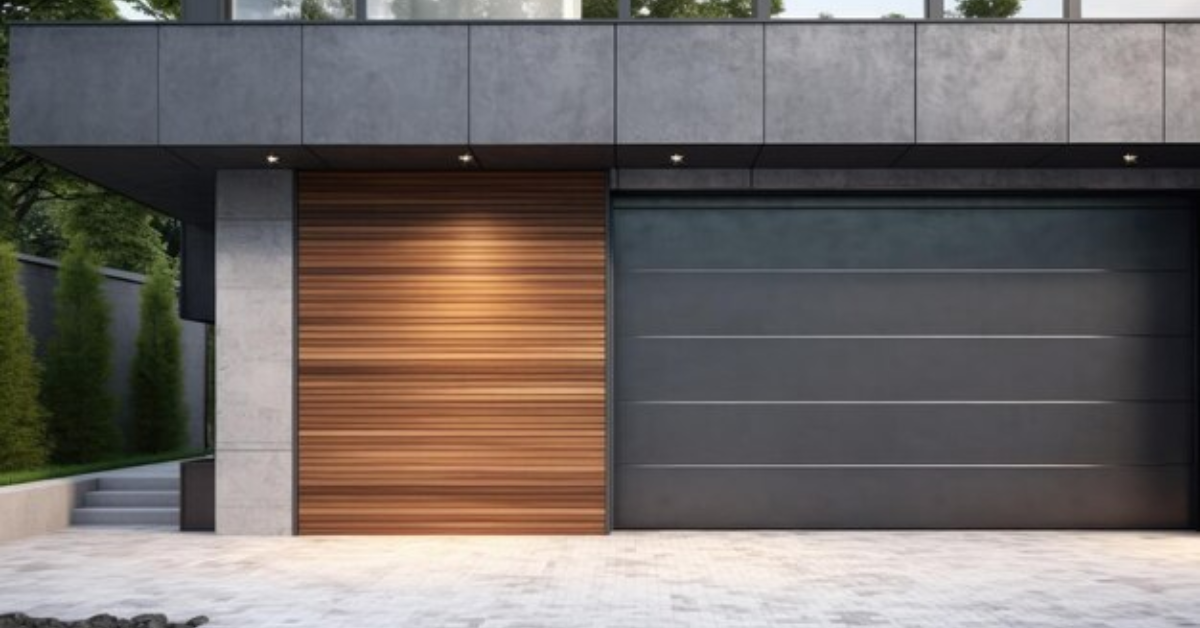Fixing Garage Door Problems from Cold Weather
As temperatures drop, homeowners often face unexpected challenges with their garage doors. Cold weather can cause various issues, from mechanical malfunctions to complete operational failures, disrupting daily routines. Understanding these problems and addressing them promptly is essential for keeping your garage door functional during the winter months. This article provides practical solutions to common cold-weather garage door issues while ensuring your content is optimized for search engines and user-friendly.
Common Garage Door Issues During Cold Weather
Cold weather can affect garage doors in several ways, primarily due to the contraction and hardening of materials. Here are some of the most common problems:
- Frozen Garage Door: A garage door can freeze to the ground due to accumulated ice and snow. This often happens when water seeps under the door and freezes overnight.
- Stiff Rollers and Tracks: Metal components like rollers and tracks can stiffen in cold temperatures, making the door difficult to operate.
- Worn-Out Weatherstripping: The rubber weatherstripping at the bottom of the garage door can harden, crack, or even stick to the ground, compromising the door’s insulation and functionality.
- Sensor Malfunctions: Sensors are essential for the safe operation of garage doors. Cold temperatures can affect their alignment and functionality, causing the door not to close properly.
- Broken Springs or Cables: Cold weather makes metal more brittle, increasing the likelihood of springs or cables snapping under pressure.
Fixing Garage Door Problems in Cold Weather
Addressing these issues requires a combination of preventative measures and immediate fixes. Below are effective solutions for keeping your garage door running smoothly during winter.
1. Dealing with a Frozen Garage Door
If your garage door is frozen to the ground, avoid using excessive force to open it, as this can damage the door or opener. Instead:
- Use a de-icer or a mixture of warm water and salt to melt the ice.
- Once the ice is gone, thoroughly dry the area and apply a silicone-based lubricant to the bottom seal to prevent future freezing.
2. Lubricating Stiff Components
Cold weather can make moving parts stiff, leading to jerky or unresponsive door movements. To resolve this:
- Use a garage door lubricant designed for low temperatures to treat rollers, hinges, and tracks.
- Avoid using WD-40 or similar products, as they can attract dirt and worsen the problem.
3. Replacing Weatherstripping
Worn-out weatherstripping not only affects the door’s performance but also allows cold air into the garage. Here’s what to do:
- Inspect the weatherstripping for signs of damage, such as cracks or tears.
- Replace it with a high-quality rubber seal designed for cold climates.
- Regularly clean and maintain the weatherstripping to prolong its life.
4. Aligning Sensors
Sensor misalignment can cause the garage door to malfunction in cold weather. To fix this issue:
- Check for any obstructions or dirt on the sensors and clean them with a soft cloth.
- Ensure the sensors are properly aligned and tightened.
- If the problem persists, consider hiring a professional for further inspection.
5. Checking and Replacing Springs or Cables
Garage door springs and cables are under significant tension and can snap in freezing conditions. For safety reasons, it’s best to:
- Inspect the springs and cables for signs of wear or damage.
- Avoid attempting repairs yourself, as improper handling can be dangerous.
- Contact a professional technician to replace broken or worn-out parts.
Preventative Measures for Winter Garage Door Maintenance
Taking proactive steps can reduce the likelihood of garage door issues during cold weather. Here are some tips:
- Perform Regular Inspections: Check your garage door and its components monthly for signs of wear or damage. Early detection can prevent costly repairs.
- Insulate Your Garage Door: Insulation helps maintain a stable temperature in your garage, reducing the impact of cold weather on door components. Consider upgrading to an insulated garage door if yours lacks proper insulation.
- Keep the Garage Clean and Dry: Remove snow and ice from around the garage door to prevent freezing and ensure smooth operation.
- Schedule Professional Maintenance: Annual maintenance by a professional can keep your garage door in optimal condition year-round.
When to Call a Professional
While many cold-weather garage door problems can be resolved with DIY solutions, some require expert assistance. If you notice unusual noises, persistent malfunctions, or visible damage to components like springs and cables, it’s best to consult a professional technician.
Conclusion
Cold weather doesn’t have to mean constant garage door headaches. By understanding common issues, taking preventative measures, and knowing when to seek professional help, you can ensure your garage door operates smoothly throughout winter. Regular maintenance and timely repairs not only save you money but also extend the life of your garage door, making it a worthwhile investment.
Stay proactive, and your garage door will weather the winter with ease!




